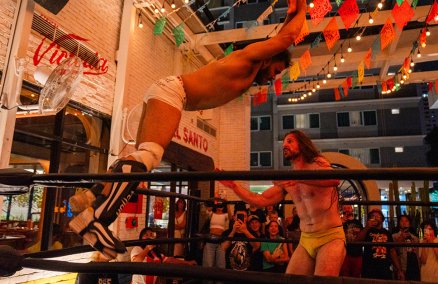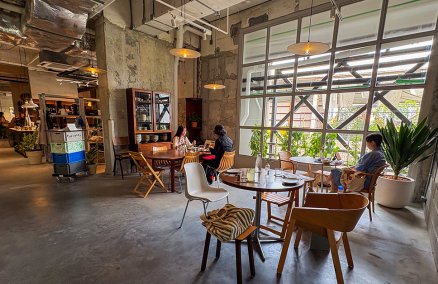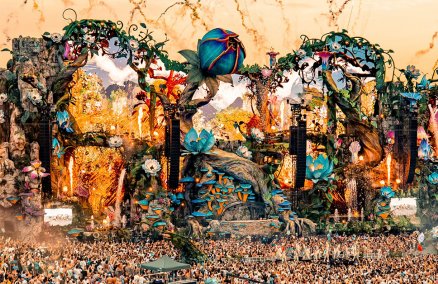How did you come up with the idea?
It started when I was looking at lots of things on the internet. Also with how Beyonce released an album without any press, it was possible because of social media and how things spread so fast these days. It allows new possibilities. The internet has made everything busier and speeds things up. So part of it is thinking about what it means to make art now - What can I do? The other part is that I am always trying to push myself to have more outlets and be more creative.
Why 1,000 videos?
I asked myself what number would be difficult. What number would be a challenge. And then when you have that, you can go for it, it pushes you outside your comfort zone. When I was young I wanted to be an artist, but the types of artist you could be was quite restrictive, a sculptor, a printer, a painter. And now we are living in a space where there are so many options, and such an exciting place. Technology has helped lower the barriers to entry for other mediums. And for me, some of this technology removes the cultural barriers to making art.
What was the work process like?
I immersed myself in the internet for five days, really looking at the type of phrases people use, writing notes, posting and retweeting. Then I just went behind the camera and ad-libbed a big chunk of phrases. 250 phrases at a time. They do not read like story, but are separated and chopped up. I’m pleased with it. Now I know I can do 2,000 more videos.
Is there any message or statement you’re trying to deliver?
The project is more about me thinking about the world. I’m not ready to make a statement in that way. I set myself the question of what is possible and then got to see the effect of that. I guess apart from seeing what’s possible with new technology, there’s not a particular message. In the 70s-80s, this would be a very expensive operation; there might be only ten people in the world who could shoot 1000 videos. But now everybody can do this. This shows how the barriers of possibility are lowered and how communication is much more accessible.
What are your favorites from the 1,000 videos?
I don’t know ask me in six months. I think I posted it on Monday and the first article about the work came out on Wednesday. Ten years ago it could take months to get this many comments, good or bad. It’s interesting to see how it’s been responded too very quickly. It also shows how people interact in the internet environment. There was some rude comments that I didn’t expect, comments that you might expect when posting something online.
What are the pink things you put on your eyes in the videos?
It’s a Thai character I got from an old sheet of alphabet stickers. It shows a relationship between the videos and letters and language. It represents something that wasn’t just on my own behalf but something else.
Are you working on any projects at the moment?
Apart from the ebook Pizza Years Abridge I just launched, I am filming the Social Media Takeaway 2 in Bangkok. This is an internet TV series. It’s a celebratory work about the possibilities that social media like Facebook, YouTube and Twitter allow us, and the access we have to those tools. It’s making artwork in the form of a online TV shows. They’re loosely-themed and diverse with collaboration with others’ work in Canada, Mexico and London. With this, it’s more about the city. Some of the episodes would see a POV video of me walking around central Bangkok without any narrative or using drumsticks to play drums with street furniture like lamp posts.
See the rest of his 1,000 videos here, on his twitter @bruceasbestos or www.bruceasbestos.info.















